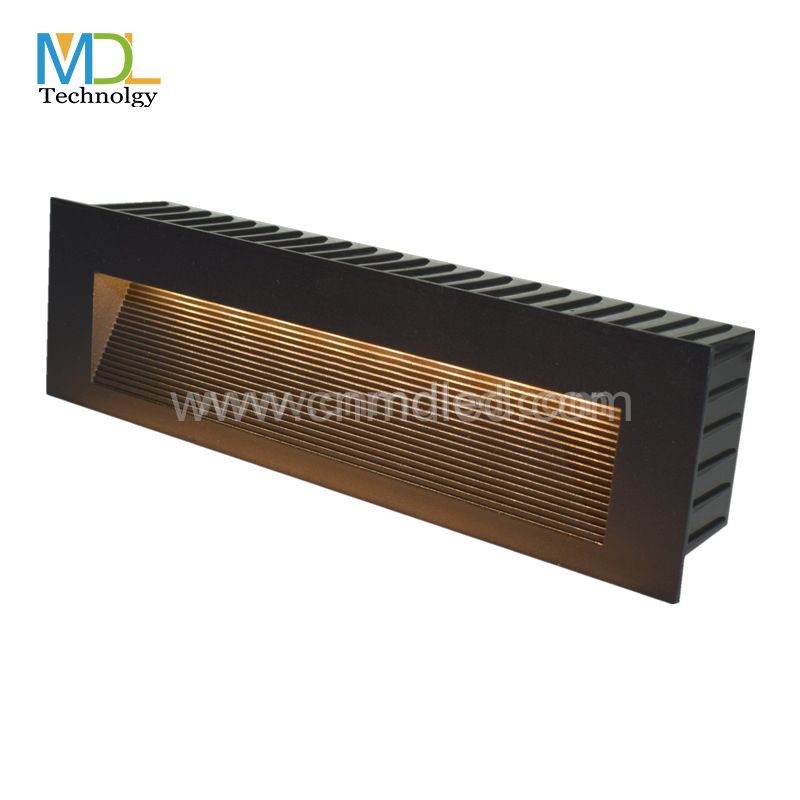Types of Facade Lighting
Facade lighting can transform buildings, enhancing their aesthetics and functionality. Here are some common types of facade lighting:
● Grazing: This technique involves placing lights close to the facade and aiming them upwards or downwards to highlight textures and architectural details. It's especially effective on surfaces with interesting textures like stone or brick.
● Washing: This technique evenly illuminates the entire facade by placing lights at a distance from the building. It's ideal for smooth surfaces and creates a uniform look.
● Spotlighting: This involves using focused beams of light to highlight specific architectural elements such as columns, statues, or signage. It creates dramatic contrasts and can draw attention to key features.
● Floodlighting: Similar to washing but with broader beams, floodlighting illuminates large areas of the facade. It's commonly used for grand buildings or landmarks.
● Accent Lighting: This involves using smaller, focused lights to highlight specific details or create patterns on the facade. It's often used in combination with other lighting techniques.
● Linear Lighting: This involves the use of linear LED strips or fixtures to outline architectural features or create continuous lines of light. It's popular for modern and minimalist designs.
Related links:How Do Integrated Solar Street Lights Work?
10 Questions You Should Know about LED Smart Home Device Vendors
Top Tips to Choose a Bollard & Lawn Light Vendor
In-ground Light Exporter Trends for 2024
How to Choose Modern Pendant Light Bulk?
How to Choose the Best Tree&Pillar Light for Sale?
Tree Light vs. Pillar Light: Which Fits Your Space?
● Color-Changing Lighting: Using RGB or RGBW LEDs, this technique allows for dynamic lighting effects, changing colors to create different moods or highlight events. It's commonly used for entertainment venues and public buildings.
● Backlighting: This technique involves placing lights behind semi-transparent materials on the facade, creating a glowing effect. It's often used in modern architecture.
● Up-Lighting: Lights are placed on the ground and aimed upwards to illuminate the facade. It can create dramatic effects and highlight vertical elements.
● Down-Lighting: Lights are mounted above and aimed downwards, creating a more subdued and elegant lighting effect. It's often used for security as well as aesthetics.
Each type of facade lighting can be tailored to suit the specific architectural style and purpose of the building, enhancing its nighttime appearance and functionality.
Surface Facade Light for Sale: Top 5 Options to Brighten Your Space



Comments
0